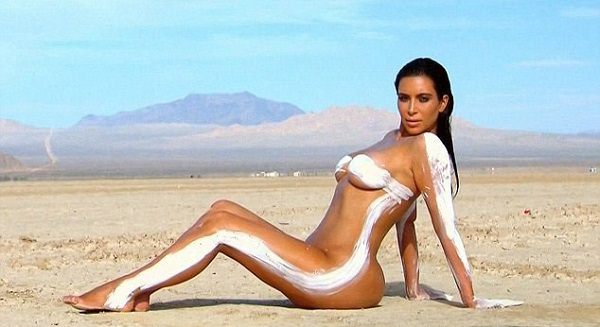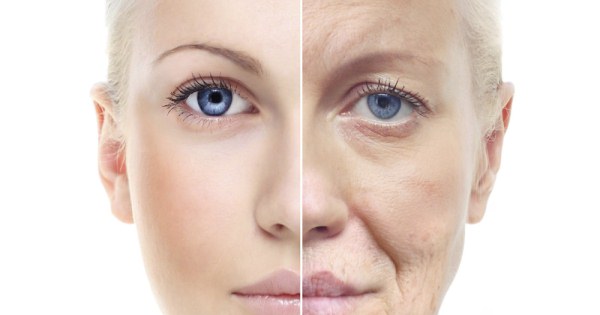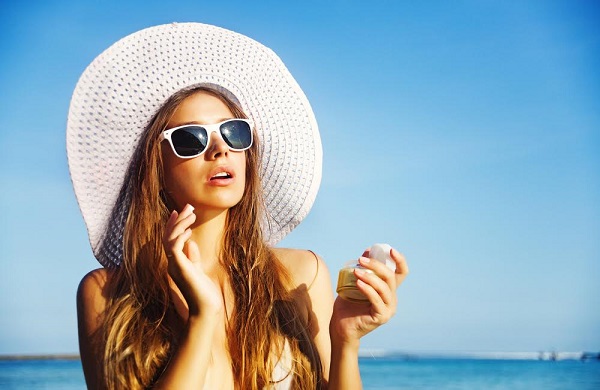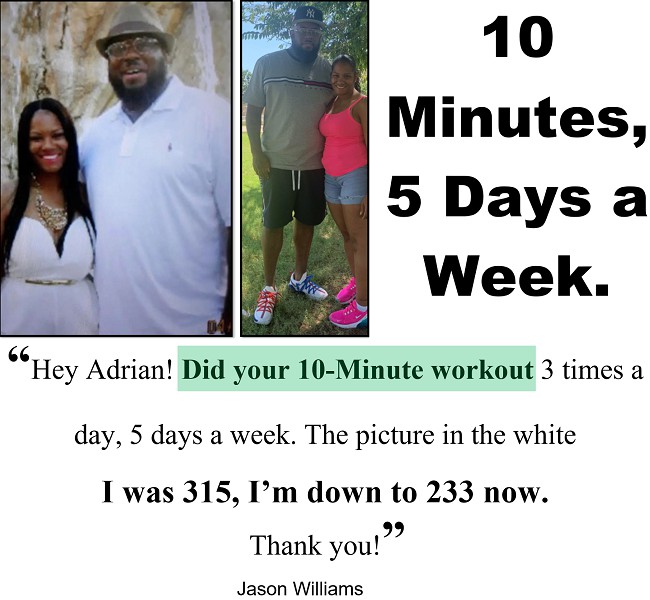8 Sunscreen Beauty Tips

Kim Kardashian covered in sunscreen for a photo shoot
1. SPF 15
- Use a sunscreen with a SPF or Sun Protection Factor of at least 15.
- Reapply sunscreen every 2 hours if you're going to be exposed to the sun for long periods of time.
- Use SPF of at least 30 if you're planning on staying outside in the sun much longer than 2 hours.
- Apply sunscreen 30 minutes before going outside.
- Check the expiration date sunscreens. Do not store sunscreens in heat because it weakens the SPF.
- Use a higher SPF sunscreen if you're using bug replant because it reduces the power sunscreens.
2. Ant-Aging
For even extra protection against the sun & to make you look younger,

- Use a sunscreen with antioxidants like Replenix Antioxidant Sunscreen to help neutralize the damage caused by UV light.
- Use sunscreen all over your body or any part you don't want to looking old meaning you put sunscreen on your ears, head, hands & feet.
- Use a lip balm like Sun bum lip balm with sun protection for your lips. 6 Tricks for more kissable lips
3. Right Clothes
UPF was devised in Australia to inform consumers clothing can also be a great way to up their sun protection.
Experts advice the public to use clothing with high UPF ratings, particularly when prolonged sun exposure is expected. Among the fabrics with the highest UPF ratings are lycra and elastane, nylon, polyester and plastic.
If you're wearing Cotton clothes you'll still need to use sunscreen because cotton clothes have a SPF of less than 15.
4. A & B
Make sure your sunscreen protects against both UVA & UVB rays by looking for the term broad spectrum on the labels.
5. Use Mineral Sunscreens
Traditional sunscreens are heavily laden with toxic synthetics that are poisoning your system. What chemical sunscreens do is absorb and draw in the UV and then alter its composition which then turns it into non-harmful by-products like heat.
Mineral sunscreens made from Zinc Oxide and Titanium Dioxide are safer alternatives. Unlike chemical sunscreens, mineral sunscreens act as physical sunblock. Its active ingredients literally form an added layer of protection and reflect back UV rays rather than absorbing them.
Mineral sunscreens like Aveeno Mineral Sunscreen often come with botanically-derived antioxidants that also provide added UV protection and protection from cell-damaging free radicals as well.
6. Preload sunscreen
Jeannette Graf, assistant clinical professor of dermatology at Mount Sinai Medical Center in New York City recommends preloading sunscreen before long-term exposure to sun's damaging UV rays.
For example, if you are about to go to your vacation, you should wear sunscreen on your body every night two to three weeks ahead of your holiday. This way, sunscreen will build up in your stratum corneum and be less likely to burn, which is highly beneficial for people with age spots or dark patches
7. White People
Use sunscreen if you're white or fair skinned, have blond or red hair, blue or green eyes because you are at a higher risk of early aging due to sun damage.
8. Prevent Acne
Yes, even oily sunscreens can cause acne breakouts and the best way to avoid them is to look for products labeled as oil-free like Coppertone Oil Free Sunscreen
According to Macrene Alexiades-Armenakas, assistant clinical professor of dermatology at Yale School of Medicine most people make mistake by choosing sheer sunscreen in order to prevent acne breakouts. Sheer doesn't necessarily mean its oil free.
6 Unusual Ways To Stay Sun Safe

1. Shade
If you're serious about not catching too much of those harmful UVA and UVB rays, then stay in the shade, most especially during the sun's peak hours between 10 a.m. to 4 p.m. when it is at its hottest.
2. UV Sunglasses
Stop squinting or you'll get more wrinkles around your eyes! Wear sunglasses offering true 100% UV ray protection like these Cute Sexy Frames. Just because your sunglasses are dark does not mean they will protect you against the sun.
3. Face-Kini
Face-kini is a face mask for the beach which only shows your eyes, nose and mouth or you can wear hats for extra sun protection for your head and face.
4. Tinted Windows
Get more protection when you're cruising, most especially if you're on the driver's seat.
5. Epigallocatechin?
Drink Green Tea & Eat Dark Chocolate because of the epigallocatechin gallate content to protect you against the sun's UV rays.
6. Avoid Tanning Beds
Use a Self Tanner instead of tanning beds because tanning beds cause just as much damage as the sun.
If you used self-tanning products, then you have to bear in mind they build up in your skin's pores, and you need to exfoliate your skin in order to remove this and other impurities from the skin.
More Tips
- 13 Ways to Look Younger
- 22 Ways to Get Rid of Dark Circles
- 37 Home Remedies for Age Spots
- 27 Foods for Clear Beautiful Skin
- STOP Smoking FOR GOOD in 2018
